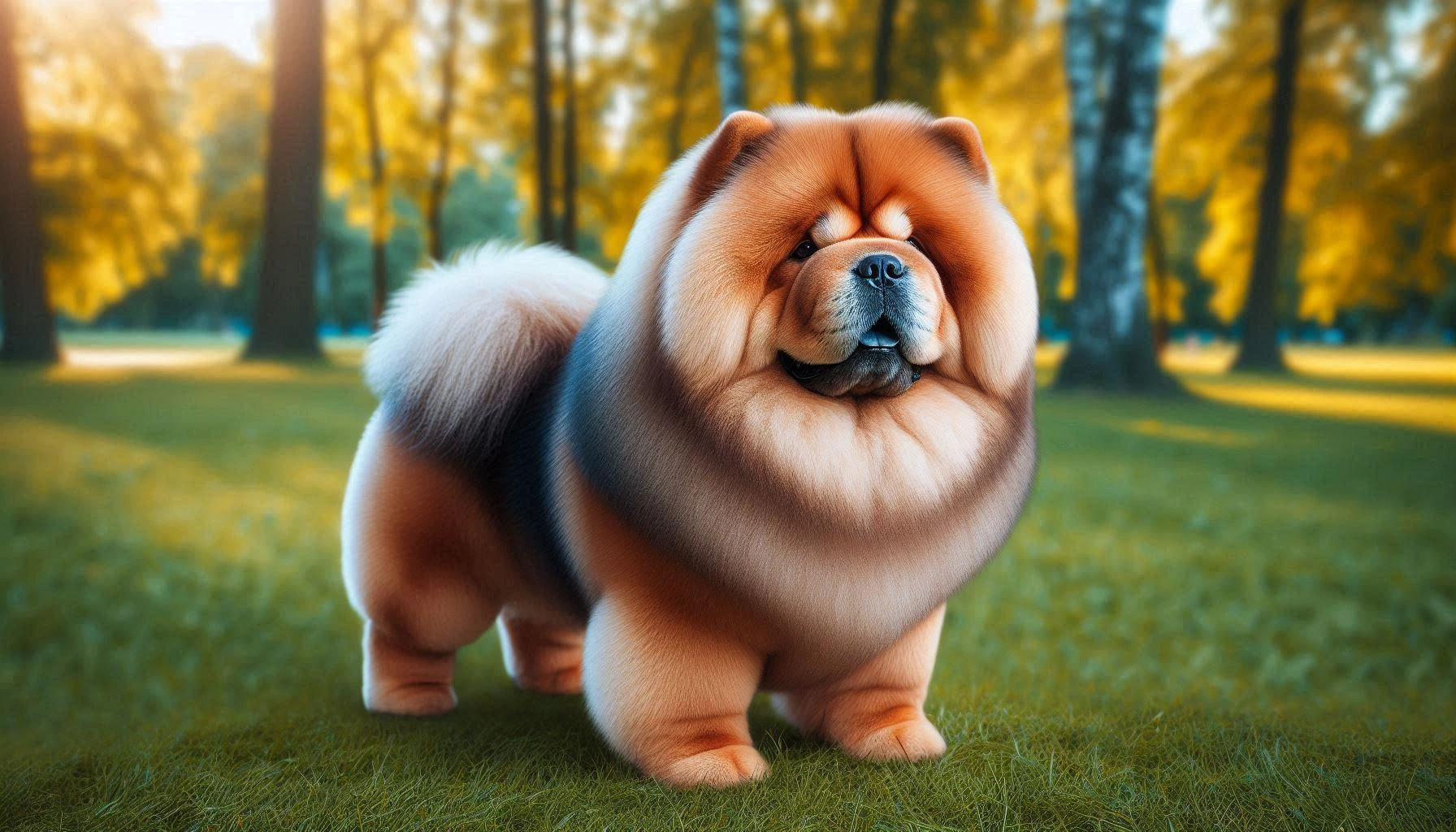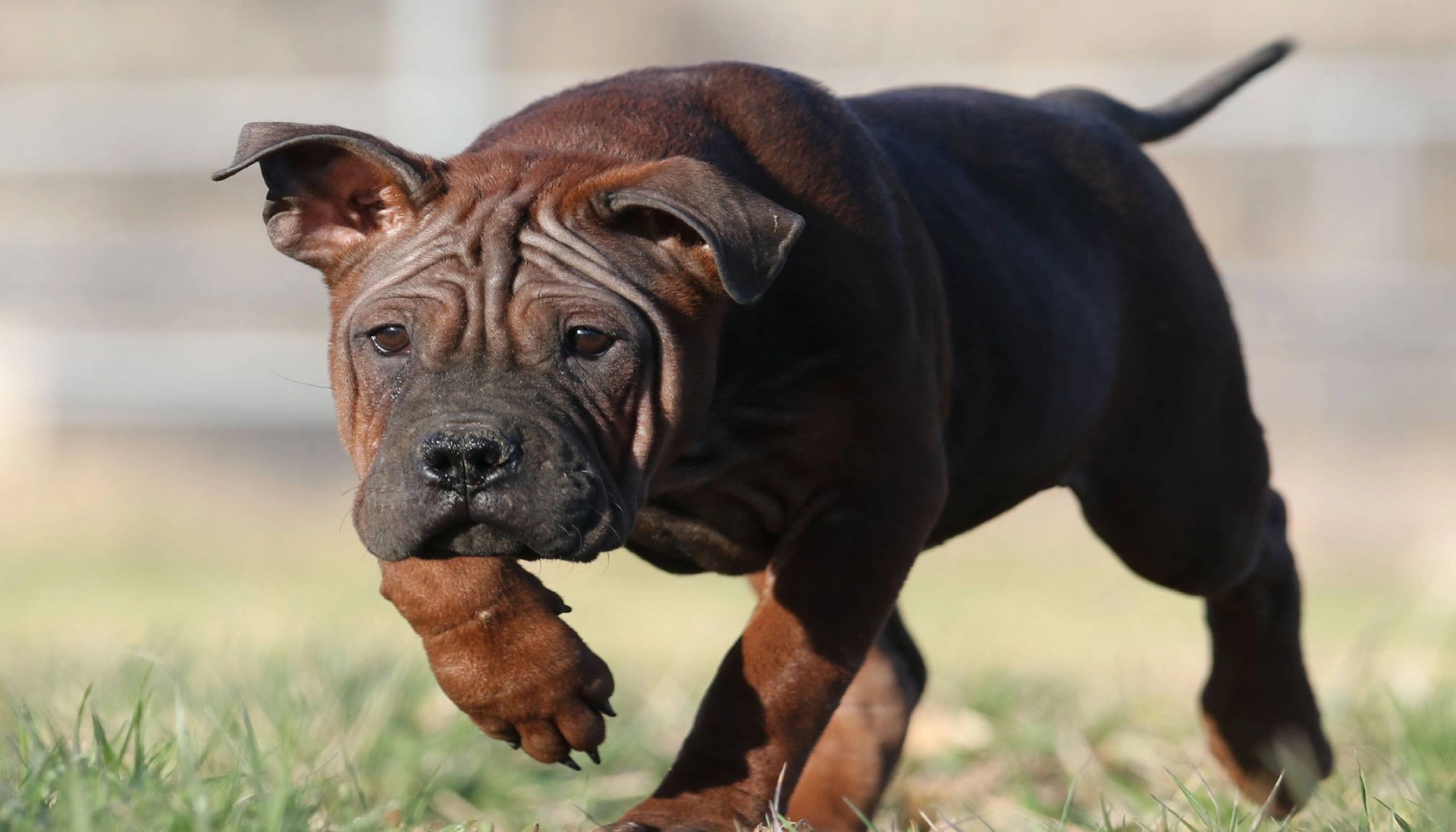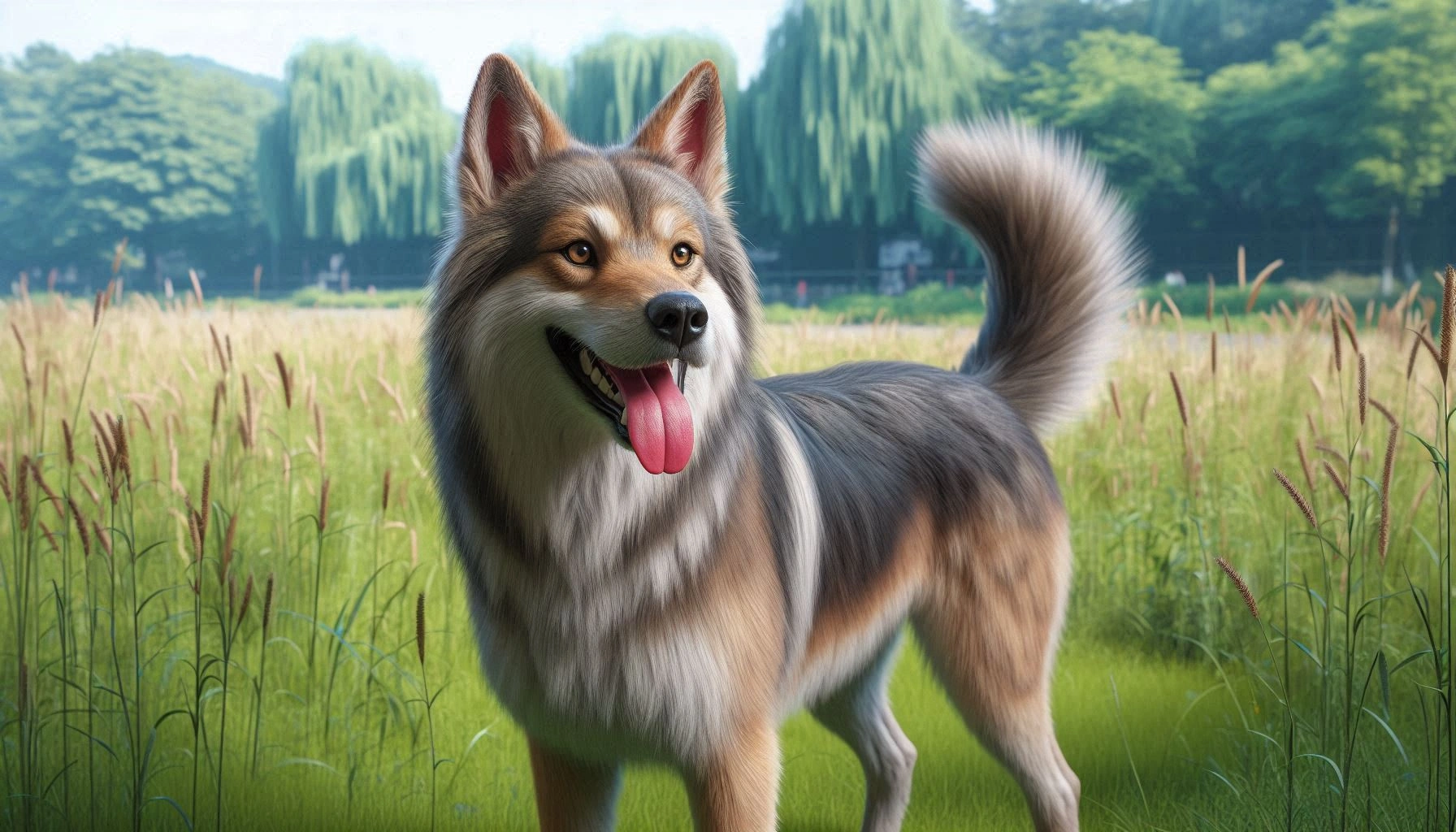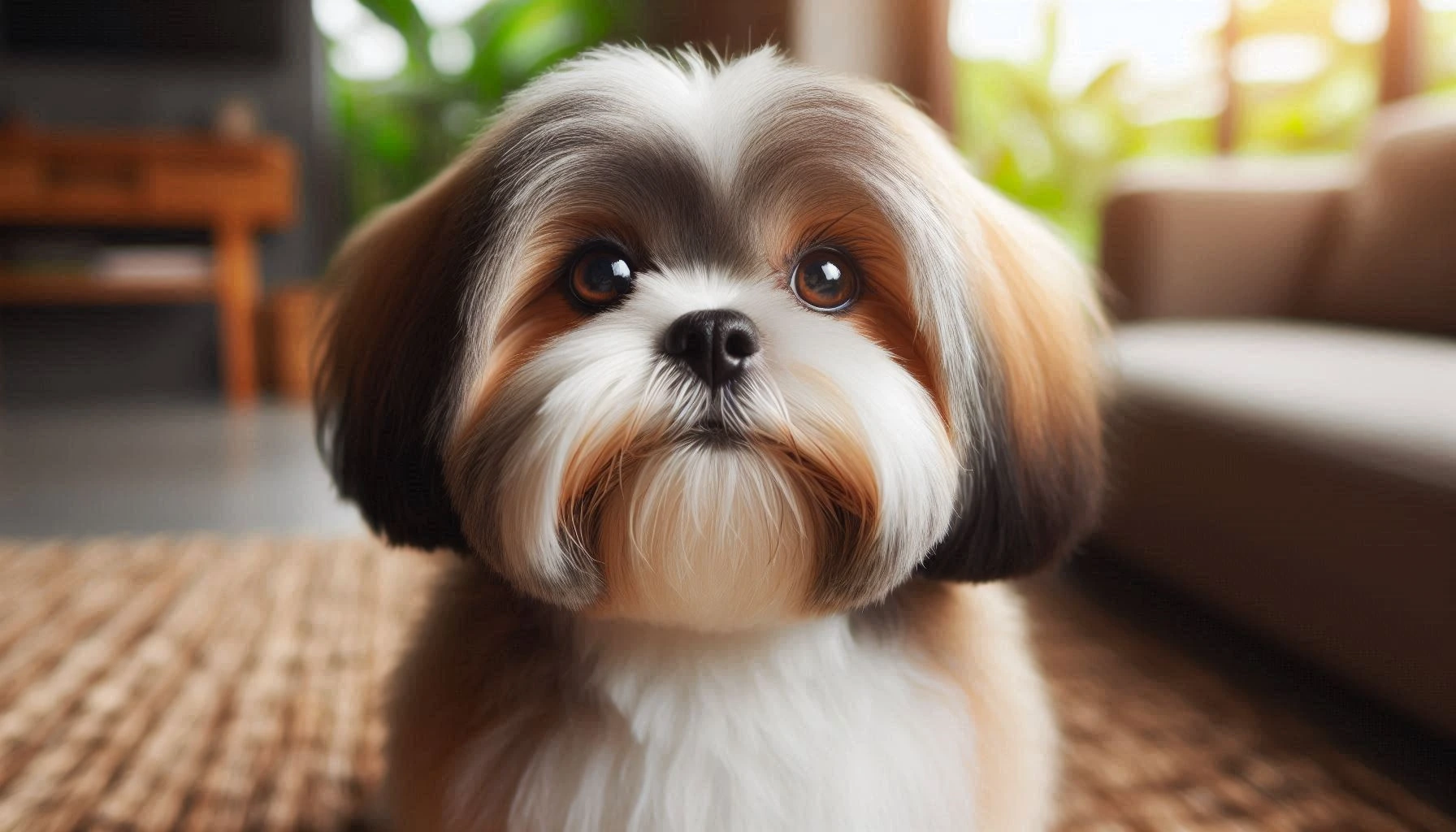Table of Contents
Shar Pei Dog Breed
The Shar Pei dog breed is renowned for its distinctive wrinkled skin, blue-black tongue, and unique “hippopotamus” muzzle shape. This breed captures the hearts of many dog enthusiasts with its intriguing appearance and loyal nature. Originally bred in China, the Shar Pei has evolved into a popular pet across the globe. In this article, we will explore the various aspects of the Shar Pei dog breed, including its history, physical characteristics, temperament, health, care needs, training, and suitability as a family pet.
History and Origin
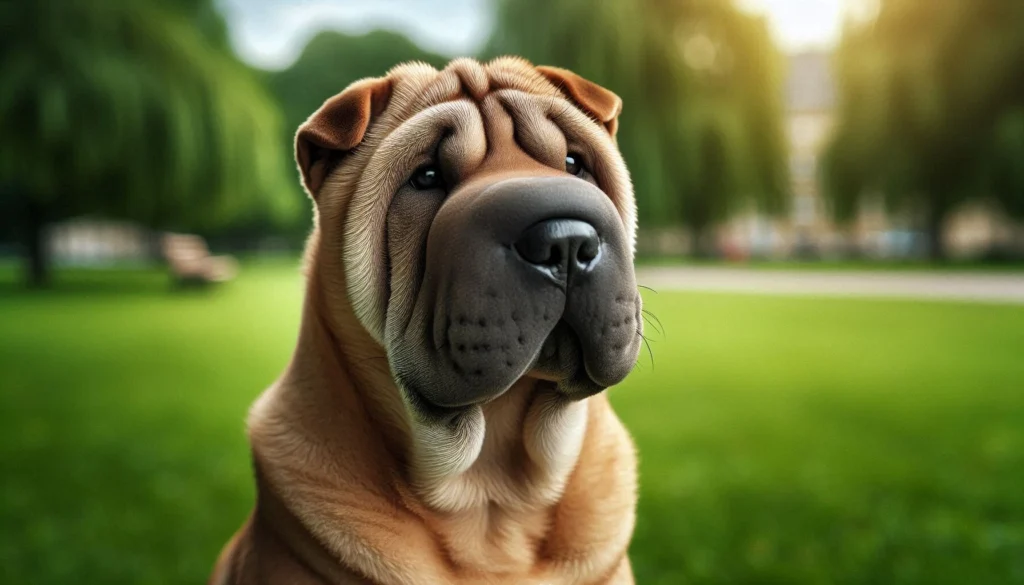
The Shar Pei dog breed has an ancient lineage that dates back over 2,000 years. Originating in the Guangdong province of China, the Shar Pei was initially bred for hunting, herding, and guarding livestock. Historical records and artifacts depict dogs resembling the modern Shar Pei as early as the Han Dynasty (206 BC – 220 AD).
During the mid-20th century, the breed faced near extinction due to political unrest and economic challenges in China. However, a dedicated group of breeders, particularly in Hong Kong, worked tirelessly to save the breed. In the 1970s, the Shar Pei was introduced to the United States, where it quickly gained popularity. Today, the breed is recognized worldwide and enjoys a stable presence in many homes.
Physical Characteristics
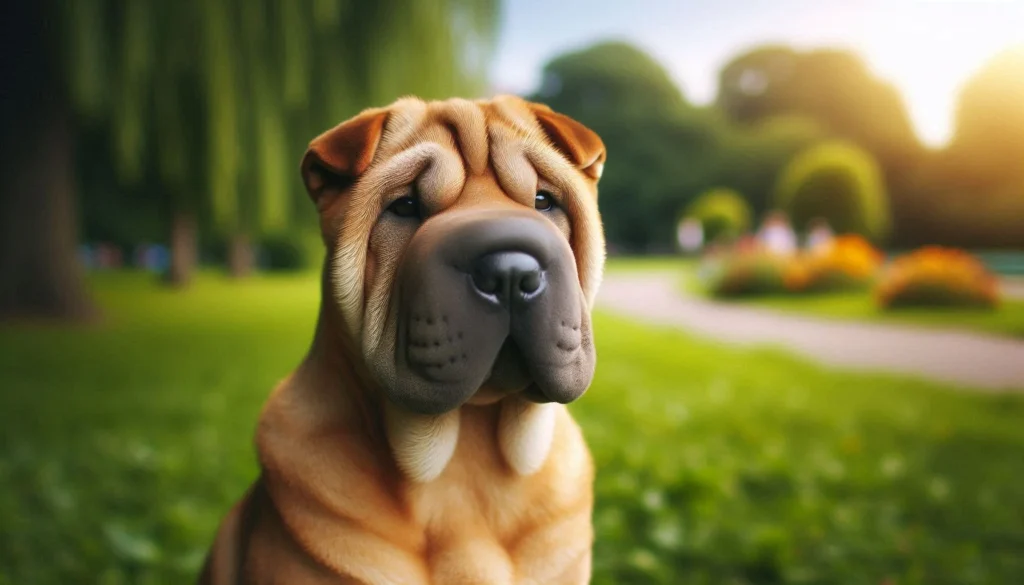
The Shar Pei dog breed is distinct in appearance, making it easily recognizable. Here are some of its notable physical traits:
- Size: Shar Peis are medium-sized dogs, typically weighing between 40 to 55 pounds (18 to 25 kg) and standing about 18 to 20 inches (46 to 51 cm) tall at the shoulder.
- Coat Type: The breed has a short, bristly coat that can be either “horse-coated” (rough and prickly) or “brush-coated” (softer and slightly longer).
- Colors: Shar Peis come in a variety of colors, including fawn, black, red, cream, and blue. Some dogs may have markings, but solid colors are more common.
- Distinctive Features: The breed is famous for its deep wrinkles, particularly around the face and neck. It also has small, sunken eyes, a broad muzzle, and a blue-black tongue, similar to that of the Chow Chow.
Temperament and Personality
The Shar Pei dog breed is known for its loyal and protective nature. While they may appear aloof or reserved with strangers, they are deeply affectionate and devoted to their families. Here are some key personality traits:
- Loyalty: Shar Peis form strong bonds with their owners and are known to be fiercely loyal.
- Protectiveness: They have a natural guarding instinct and will protect their home and loved ones from perceived threats.
- Independence: Shar Peis can be quite independent and may exhibit a stubborn streak, which can make training a challenge.
- Interaction with Children and Animals: With proper socialization, Shar Peis can get along well with children and other pets. However, their protective nature means they should be supervised around young children and introduced gradually to new animals.
Health and Lifespan
Like all breeds, the Shar Pei dog breed has specific health concerns that potential owners should be aware of. Common health issues include:
- Hip Dysplasia: A genetic condition affecting the hip joint, which can lead to arthritis and mobility issues.
- Skin Problems: Due to their many wrinkles, Shar Peis are prone to skin infections and irritations if not properly cared for.
- Entropion: A condition where the eyelids roll inward, causing irritation and potential damage to the eyes.
- Shar Pei Fever: A hereditary condition causing fever, swelling, and pain, which can be a precursor to more severe health issues.
The average lifespan of a Shar Pei is around 8 to 12 years. To keep your Shar Pei healthy, regular veterinary check-ups, a balanced diet, and proper grooming are essential.
Care and Grooming
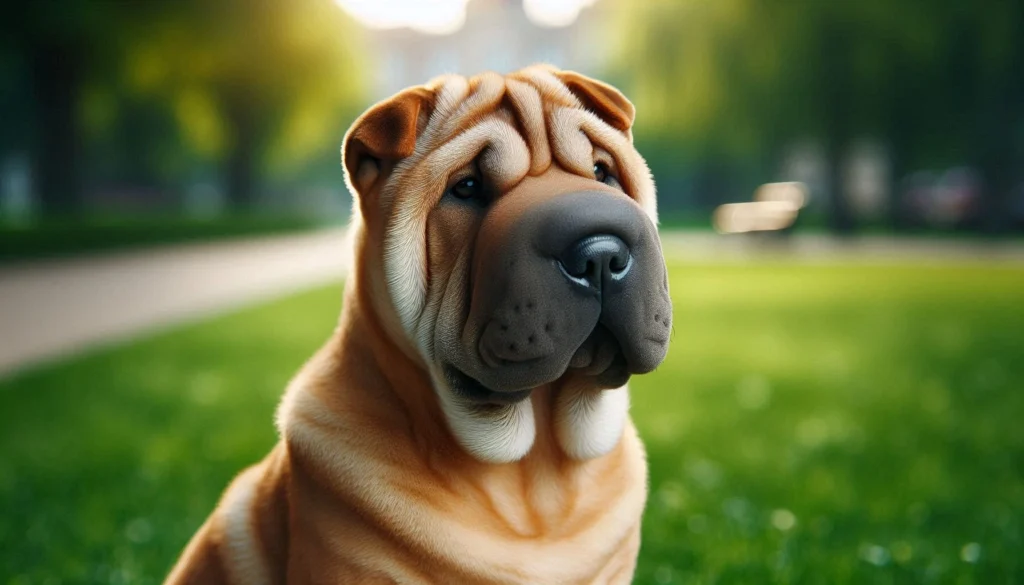
Caring for a Shar Pei dog breed requires attention to their specific needs:
- Grooming: Despite their short coat, Shar Peis require regular grooming to prevent skin issues. This includes cleaning their wrinkles with a damp cloth and ensuring they are dry to prevent infections. Regular baths with a gentle dog shampoo are also recommended.
- Exercise: Shar Peis have moderate energy levels and need daily exercise to stay healthy and happy. This can include walks, playtime, and mental stimulation through training and interactive toys.
- Diet: A balanced diet is crucial for a Shar Pei’s health. High-quality dog food, appropriate for their age, weight, and activity level, is recommended. Avoid overfeeding to prevent obesity, which can exacerbate health issues.
Training and Socialization
Training a Shar Pei dog breed can be both rewarding and challenging. Here are some tips to ensure effective training:
- Start Early: Begin training and socialization as early as possible to instill good behaviors and reduce stubbornness.
- Positive Reinforcement: Use positive reinforcement techniques, such as treats and praise, to encourage desired behaviors.
- Consistency: Be consistent with commands and routines to help your Shar Pei understand expectations.
- Socialization: Expose your Shar Pei to various people, animals, and environments to ensure they become well-rounded and confident.
Suitability as a Family Pet

The Shar Pei dog breed can be a wonderful family pet for the right household. Consider the following factors:
- Living Environment: Shar Peis can adapt to both apartment living and homes with yards, as long as they receive adequate exercise.
- Energy Levels: They have moderate energy levels and enjoy both playtime and relaxation.
- Family Dynamics: Shar Peis thrive in families where they can receive ample attention and care. They are best suited for families with older children who understand how to interact with dogs respectfully.
Fun Facts and Trivia
- The name “Shar Pei” means “sand skin” in Chinese, referring to the breed’s rough coat texture.
- Shar Peis were once featured in the Guinness Book of World Records as the world’s rarest dog breed in the 1970s.
- The breed’s blue-black tongue is a unique trait shared only with the Chow Chow.
Dog Breeds Similar to Shar Pei
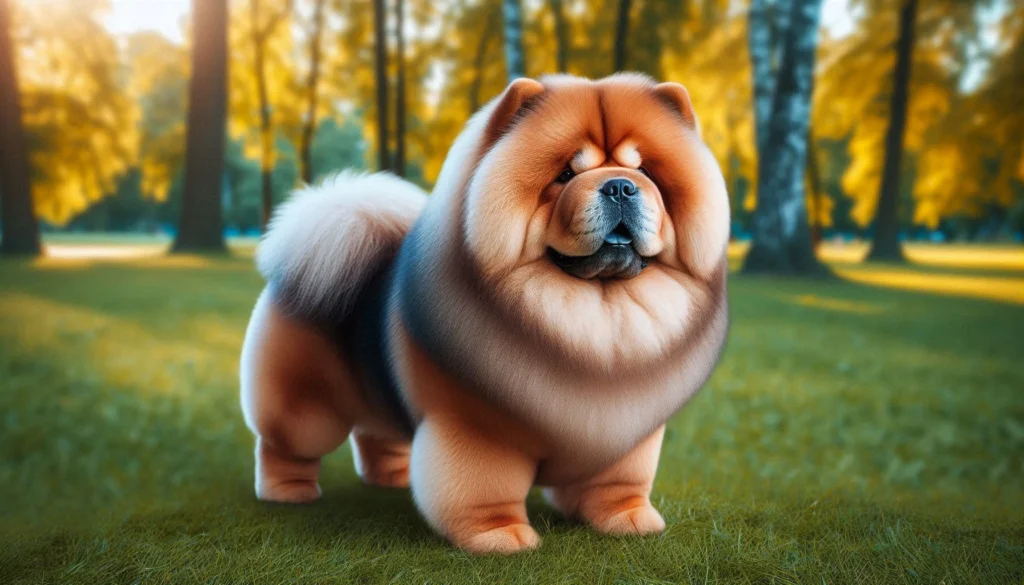
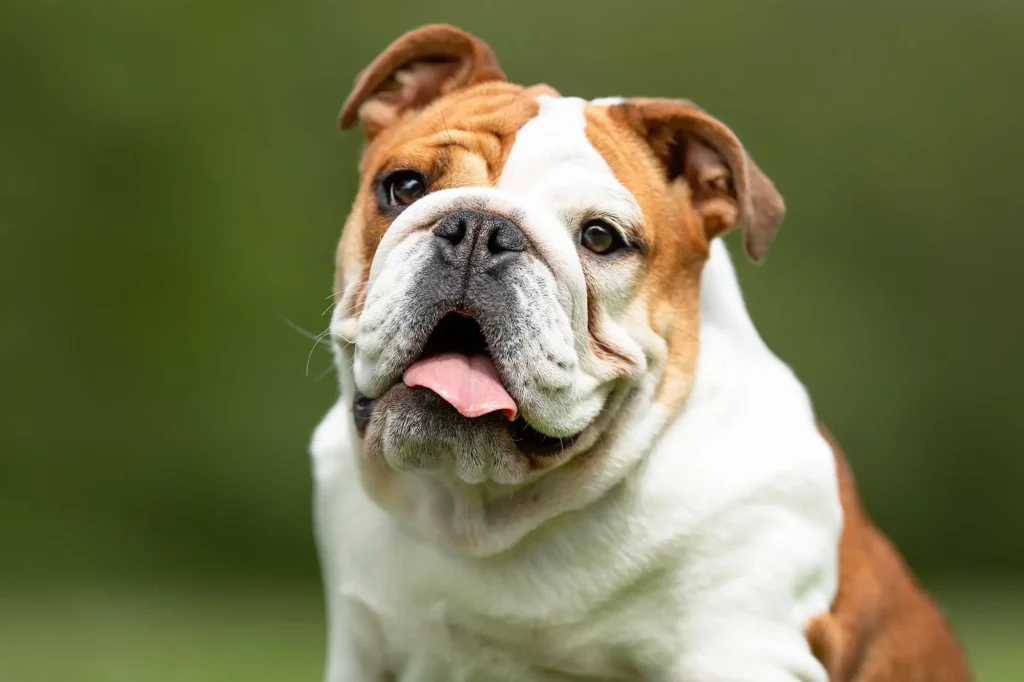
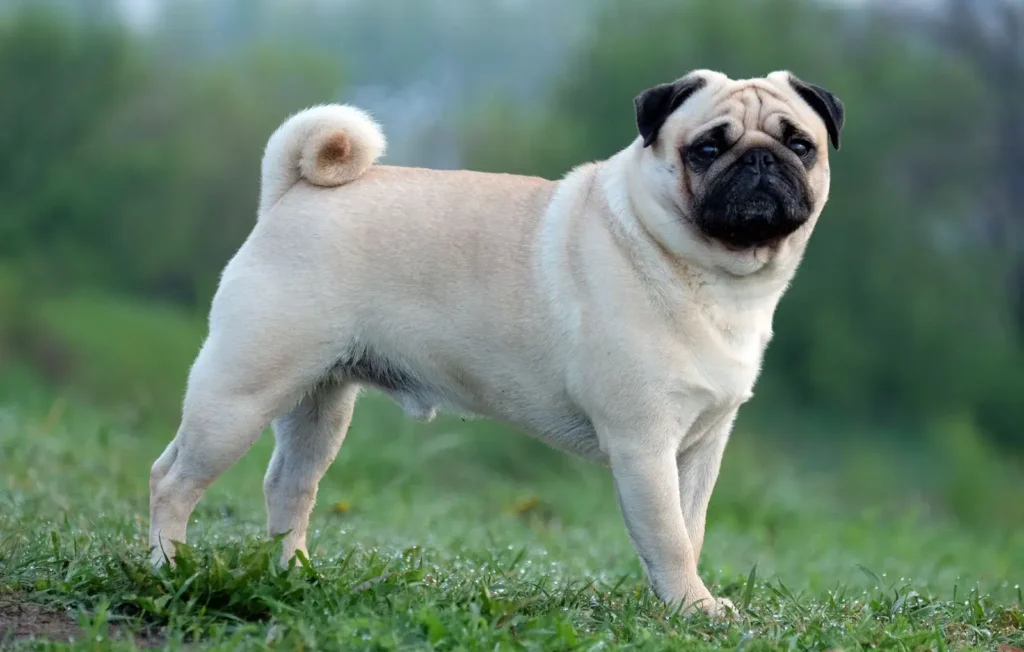
- Chow Chow:
- Like the Shar Pei, the Chow Chow has a distinctive blue-black tongue and a lion-like mane. They are independent and protective, making them excellent guard dogs.
- Bulldog:
- Bulldogs share the Shar Pei’s wrinkled appearance and sturdy build. They are gentle, affectionate, and great with families, though they require regular grooming to maintain their skin health.
- Pug:
- Pugs are smaller but share the Shar Pei’s wrinkled face and loyal nature. They are playful, affectionate, and get along well with children and other pets.
Conclusion
The Shar Pei dog breed is a fascinating and unique breed with a rich history and a distinctive appearance. Their loyalty and protective nature make them excellent companions for the right families. With proper care, training, and socialization, Shar Peis can thrive and bring joy to their owners for many years. If you’re considering adding a Shar Pei to your family, be prepared for a rewarding and fulfilling journey.
FAQ
Is the Shar Pei a dangerous dog?
While the Shar Pei dog breed can be protective and reserved with strangers, they are not inherently dangerous. Proper training and socialization can help mitigate any aggressive tendencies. Always supervise interactions with new people and animals.
Is the Shar Pei the best guard dog to protect my family?
The Shar Pei dog breed has a natural guarding instinct and can be an excellent watchdog. Their loyalty and protectiveness make them well-suited for this role, but they should not be relied upon as the sole means of protection.
